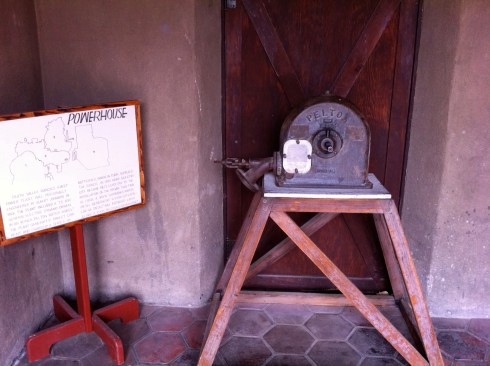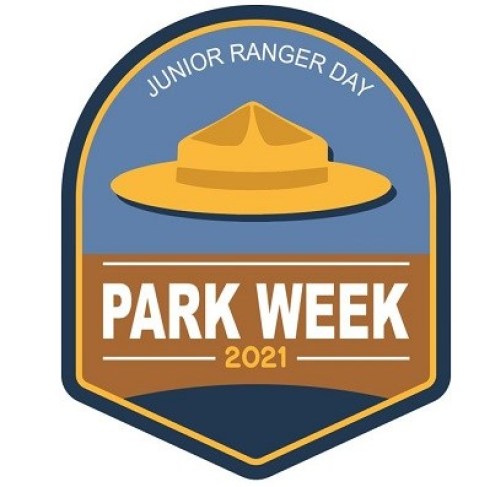National Park Week, Day VIII; Today’s Park Theme: Junior Ranger Day

The “Hottest, Driest and Lowest”:
I have been lucky enough to visit Death Valley a few times. I did skip this Park when I was traveling in the air-cooled VW, but the Land Rover has been here a couple of times, and I once tortured a rental car during a visit to Death Valley in August. I drove the rental here from Las Vegas after a wedding just to see how hot it would get. I watched the car thermometer hit +123F. So my personal variance is -63F to +123F degrees.

It was not over 100 when I drove the Rover through. In fact, I remember it being quite nice, weather-wise. Very cool at night, and above 80F during the day. At one campground, it absolutely poured rain. Gullies filled quickly, but I had the rooftop tent. I could see the rain coming across the desert from my site, and quickly popped open the tent, threw what I needed up into it, then set up a chair under the canopy to eat dinner. The rain came down in buckets, and the wind picked up, so I moved my chair into the back of the Rover, and watched the proceedings. Across the campground, I could see two poor souls battling a ground tent. They should have just waited out the rain, but they stuck to their guns, and kept on with the tent. It took forever, to the point that I was suffering just watching the show. The tent had to be as soaked inside as they were standing out in that downpour.

Death Valley was first established as a National Monument in 1933, becoming a National Park in 1994. The Park encompasses 3,373,063 acres across the states of California and Nevada. Badwater Basin, which I have done some hiking in, is the second lowest point in the western hemisphere at 282′ below sea level. Telescope Peak is the Park’s highest point at 11,049 feet above sea level.

The Valley is a hot and dry place to explore, so bring plenty of water. Hot weather tip: Any water jug left in your vehicle will quickly reach the temperature of the vehicle’s interior. So, if you don’t want to brew a cup of tea after a day out hiking, try to keep that jug outside and in the shade.
The highest temperature ever recorded on Earth happened at Furnace Creek in Death Valley in 1913: 134F. That is a scorcher. The record low for Death Valley is 15F. Practically balmy when you think about it. Badwater gets on average 1.5 inches of rain a year.

I did stop by Scotty’s Castle on one visit. It was named after a local gold prospector, Walter Scott, who neither lived in, nor built, the residence. Construction began in 1922, and the building costs were somewhere between $1.5 – 2.5 million. The history here is intriguing, and involves investments in nonproductive mines, as well as mistakenly building on government property. The stock market crash of 1929 also played a part. When the owners passed away with no heirs, the National Park Service bought the “castle”. It can be toured, during non-covid years, and I thought the tour was well worth the fee.
The castle’s water source was a nearby natural spring, which also powered a Pelton wheel which powered the house as well. Death Valley Scotty may not have lived in the castle bearing his name, but he is buried on a hillside overlooking the home. The family’s pet dog is buried next to him.

There is so much to see at Death Valley. The famed Racetrack is one location, but I did not witness any racing rocks, still it’s a phenomenon that is cool to document. The Eagle Borax Works, or more commonly known as the Twenty Mule Team of Borax fame has some ruins out in the Park, and there are several CCC works still being used. There are trails, and wildflowers galore when it rains, natural springs and arches, and petroglyphs out at Mesquite Springs.

Death Valley saw 1,678,660 visitors in 2018.


